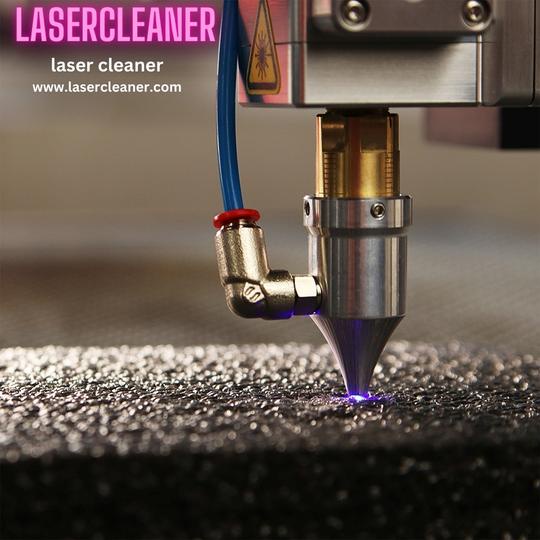Laser cleaning has revolutionized the way we tackle dirt, grime, and unwanted residues on various surfaces. Utilizing the power of focused light beams, laser cleaners offer an efficient, eco-friendly, and precise method for restoring surfaces to their original glory. In this guide, we'll delve into the world of laser cleaner, exploring its applications, benefits, and how to use it effectively.
Understanding Laser Cleaning: laser cleaner involves using high-intensity light beams to remove contaminants from surfaces without causing damage. This process relies on the principle of photonic energy absorption, where the contaminants absorb the laser energy, causing them to vaporize or break down, leaving behind a clean surface. Unlike traditional methods such as abrasive blasting or chemical cleaning, laser cleaning is non-abrasive, non-contact, and does not produce secondary waste, making it ideal for delicate or intricate surfaces.
Applications of Laser Cleaning: laser cleaner finds application across various industries, including automotive, aerospace, conservation, restoration, and manufacturing. It's effective for removing rust, paint, grease, oxide layers, residues, and other contaminants from metals, plastics, stone, wood, and more. Whether restoring historical artifacts, preparing surfaces for welding or painting, or maintaining industrial equipment, laser cleaning offers unparalleled precision and efficiency.
Benefits of Laser Cleaning:
- Precision: laser cleaner can target specific areas without affecting surrounding surfaces, making them ideal for intricate components.
- Eco-Friendly: Since laser cleaning doesn't involve harsh chemicals or produce secondary waste, it's environmentally friendly.
- Cost-Effective: While the initial investment in laser cleaning equipment may be higher, the long-term cost savings from reduced labor and material expenses can be substantial.
- Safety: Laser cleaning reduces the risk of injury associated with traditional cleaning methods, such as exposure to hazardous chemicals or airborne particles.
- Versatility: Laser cleaners can adapt to various materials and surface types, offering versatility in cleaning applications.
Using Laser Cleaning Effectively:
- Equipment Setup: Ensure proper alignment and calibration of the laser cleaning system according to the manufacturer's instructions.
- Safety Precautions: Wear appropriate personal protective equipment, including safety glasses, to protect against laser radiation.
- Surface Preparation: Remove any loose debris or obstructions from the surface to be cleaned to maximize effectiveness.
- Adjust Settings: Depending on the type and thickness of the contaminants, adjust the laser power, pulse duration, and spot size for optimal cleaning results.
- Monitoring: Regularly inspect the laser cleaner progress and adjust parameters as needed to achieve the desired level of cleanliness.
- Post-Cleaning Inspection: After cleaning, inspect the surface for any remaining residues or damage, and repeat the process if necessary.
Conclusion: laser cleaner offers a fast, efficient, and environmentally friendly solution for removing contaminants from a wide range of surfaces. By understanding its principles, applications, benefits, and proper usage techniques, you can harness the power of laser cleaning to achieve sparkling surfaces with ease.


No comments yet